“The way books are written has changed.
The canvas for books has changed.
The post-published life of a book has changed.”
Craig Mod, a writer and photographer, has a great perspective on post artifacts. There is a summary of the sections 1. The Book, a System 2. Pre-artifact Systems 2a. Examples 3. No Longer Great, nor Immutable Artifact 4. Post-artifact Systems 5. Shifting Expectations
The authors idea of the post artifact system is very interesting.
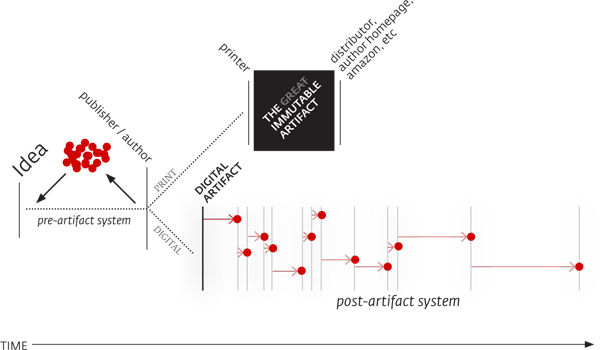
the post artifact system is a system of unlocking. It is concerned with engamnet, sharing, ownership, and obviously reading. Its basically creates books into the shared system/interface.
Growing up I didn’t really have or use digital technology until i was about 12 and even then I did not really use it. It wasn’t until iPads were brought into the school system that I began doing digital reading and using web as a source of information and entertainment. It was always hard copy of textbooks and actual books. I enjoyed hard copy better when I was younger, but the older I get the easier digital things are for me and for me to comprehend.
I belive digital publishing of books and other things are very helpful in today’s world since just about everyone has a laptop, tablet, or smartphone but occasionally I do love to just read a book in my hand and on paper.


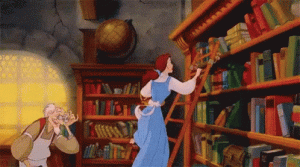

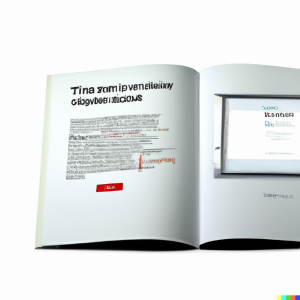

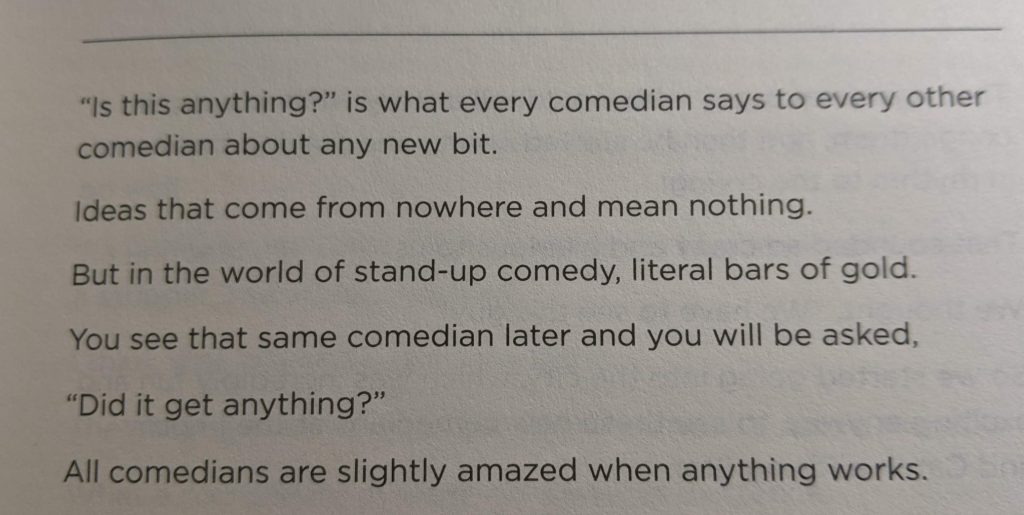
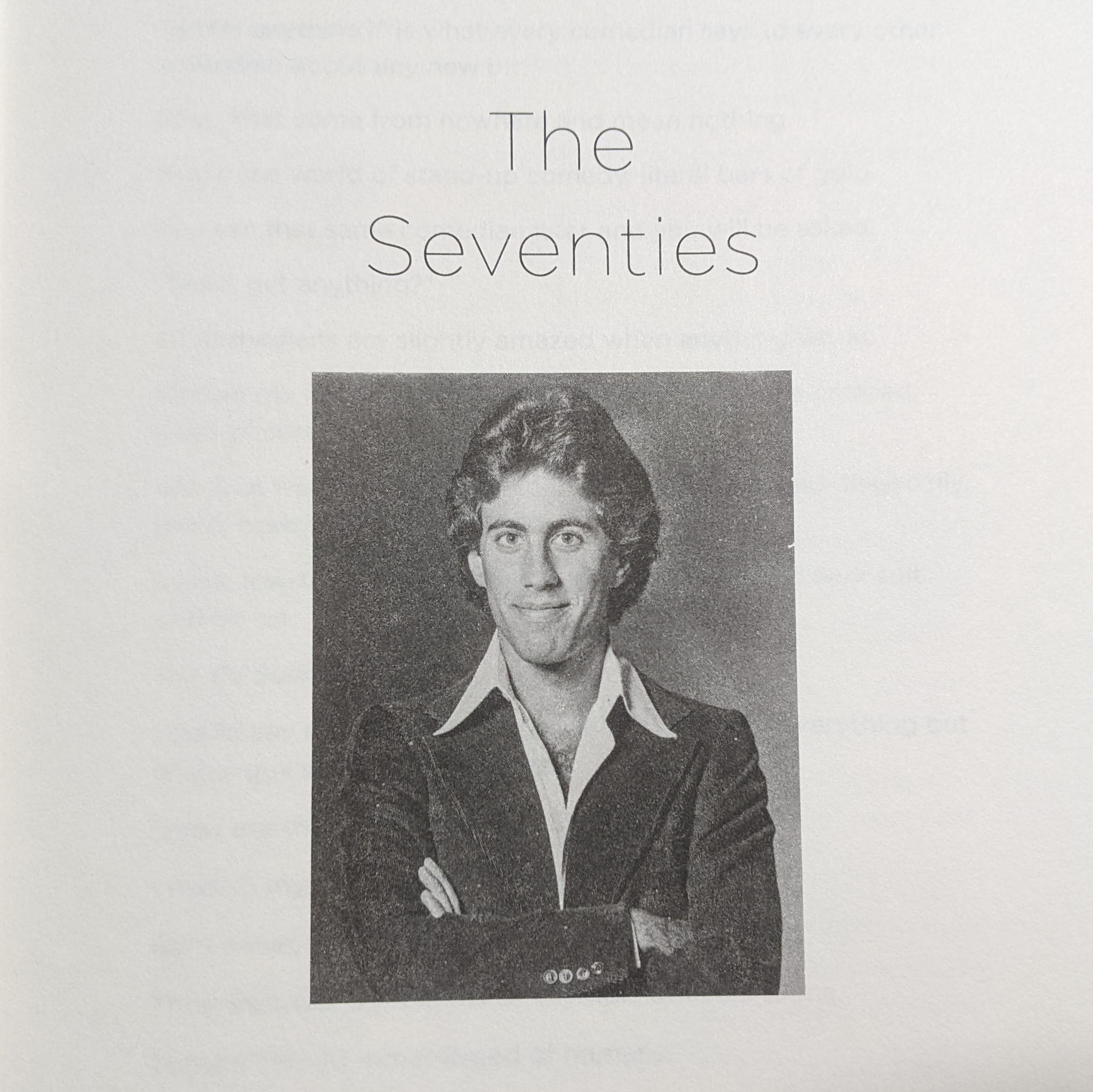
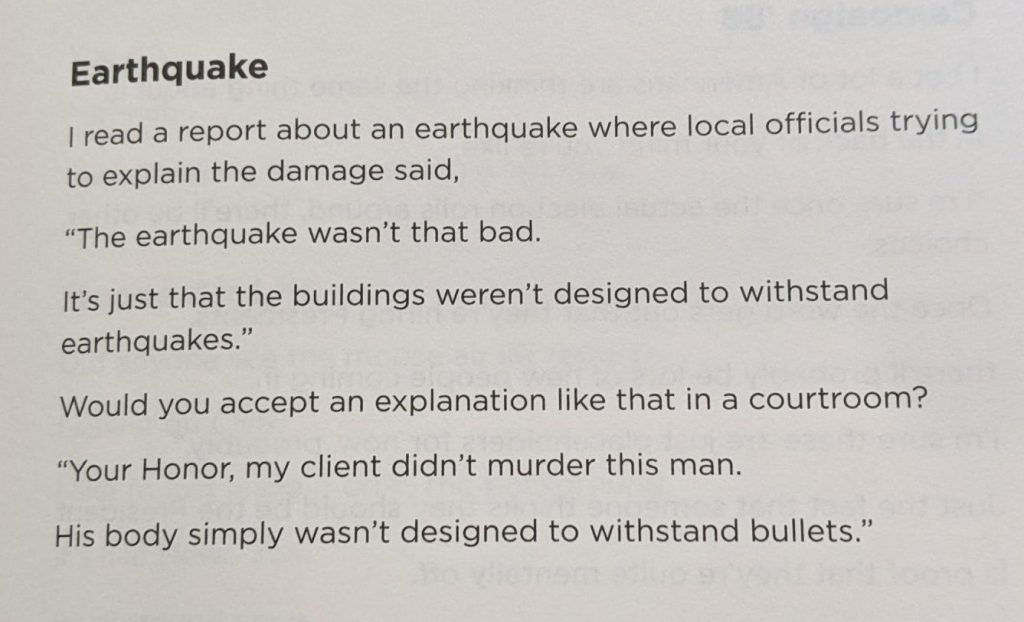
 Carl Wilkens and his wife Teresa Wilkens
Carl Wilkens and his wife Teresa Wilkens
